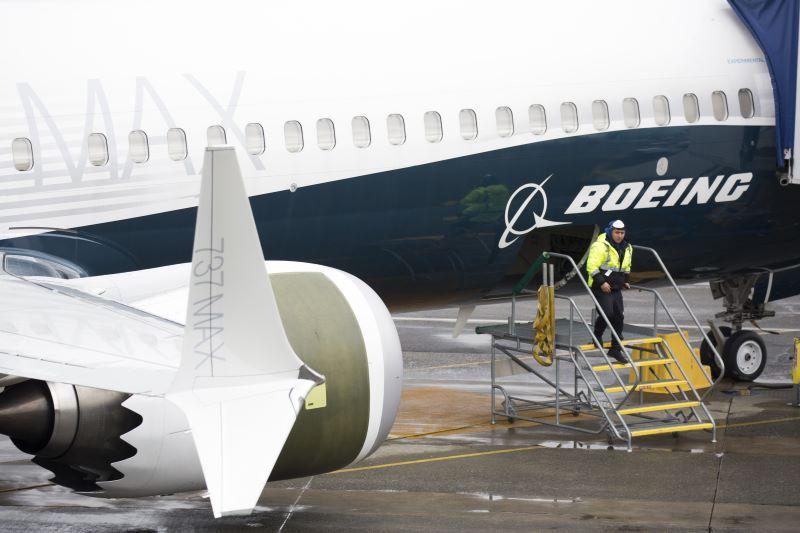
Boeing delivered just 20 737 MAXs in February, continuing a trend that has the manufacturer struggling to shrink its inventory of narrowbody aircraft on hand—many of them accumulated during the model’s 21-month grounding that ended in December 2020. The monthly 737 MAX delivery total was lower than...
Subscription Required
This content requires a subscription to one of the Aviation Week Intelligence Network (AWIN) bundles.
Schedule a demo today to find out how you can access this content and similar content related to your area of the global aviation industry.
Already an AWIN subscriber? Login
Did you know? Aviation Week has won top honors multiple times in the Jesse H. Neal National Business Journalism Awards, the business-to-business media equivalent of the Pulitzer Prizes.

